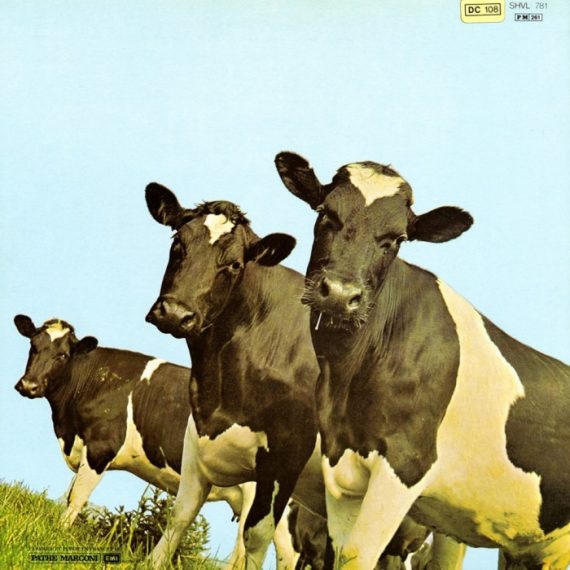

In 1994, Cherry Red Records released the Hystery CD, an overview of his career. In the 1990s, Headscope released two CDs, Funny Frown and Bluefuse, melding modern technology with appropriated and found sounds. Like all the other 50 tracks on the album, Geesin's track "Enterbrain Exit" was about one minute long. One of his rare appearances with other artists on the same album was on the record Miniatures - a sequence of tiny masterpieces (Cherry Red Records, 1980) produced by Morgan Fisher. In 1990, he designed and produced the 'Tune Tube', a giant interactive sound and light installation at the MacLellan Galleries, as part of ‘Glasgow 1990’. and live art pieces such as Christmas Carol (1991) in which four synchronised figures dressed in Santa Claus costumes performed in Newcastle's Northumberland Street, having been banned from the Gateshead MetroCentre. He was featured in 'Crossing Bridges', a 1985 music programme based around jazz guitar improvisation, and broadcast by Channel 4 Ron Geesin, composer in residence, Royal Greenwich Observatory, Herstmonceux Castle, Sussex in 1987 (photo: Wenyon & Gamble).ĭuring the 1990s, he collaborated with the artist Ian Breakwell on video projects such as the large-scale work Auditorium "Ian Breakwell Locus+". In 1970, he produced a sound-work for the British pavilion at the Osaka world fair. In the late 1960s and early 1970s, Geesin collaborated with the film maker Stephen Dwoskin on several films including Chinese Checkers, Alone and Naissant. Before this project, Geesin collaborated with the band's bass player Roger Waters on the soundtrack for the feature film, The Body, and compiled the album, Music from "The Body" (1970), adding two new tracks, including sound samples from the human body. When the group returned from the US, the work was recorded in EMI's Abbey Road Studios. He analysed and mapped the whole tape, then composed all the material, including melodies, for 10 brass, 20 choir and solo cello.
#RON GEESIN ATOM HEART MOTHER LIVE 2012 HOW TO#
After the band found themselves deadlocked over how to complete the title track from Atom Heart Mother in 1970, Pink Floyd entrusted the backing track mix on tape with him while they went on a US tour. Geesin is known for his collaborations with Pink Floyd and Roger Waters. After scoring The Body (1970), his other film scores include John Schlesinger's film Sunday Bloody Sunday (1971), Ghost Story (1974), Sword of the Valiant (1984) and The Girl in the Picture (1985). Many of his electronic compositions were used as soundtracks to ITV's 1970s and 1980s television broadcasts for schools and colleges.

In 1971, he produced and played on the pastoral " Songs for the Gentle Man" by Bridget St John. After leaving the Original Downtown Syncopators, Geesin’s "chance careering" took three main distinct but parallel routes: 1) live improvised performances in venues as diverse as folk clubs and the Royal Albert Hall 2) music and effects for The Media, including all four domestic BBC Radio networks, and advertising, documentary and feature films 3) stand-alone works for LPs and CDs.Īfter his first solo album in 1967, A Raise of Eyebrows, Geesin launched a one-man record company with the self-released As He Stands, Patruns, and Right Through. The band was based in Crawley, Sussex, England.

Ron Geesin began his career from 1961 to 1965 as pianist with The Original Downtown Syncopators (ODS), a revivalist jazz band emulating the American Original Dixieland Jazz Band. Ronald Frederick Geesin (born 17 December 1943) is a Scottish musician, composer and writer known for his unusual creations and novel applications of sound, as well as for his collaborations with Pink Floyd and Roger Waters.


 0 kommentar(er)
0 kommentar(er)
